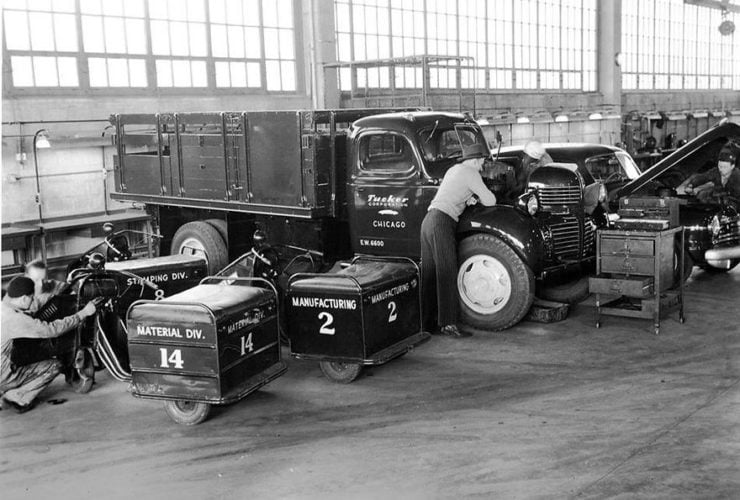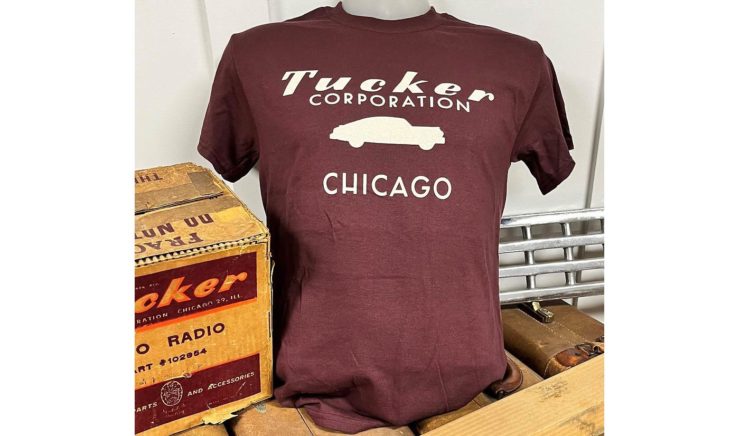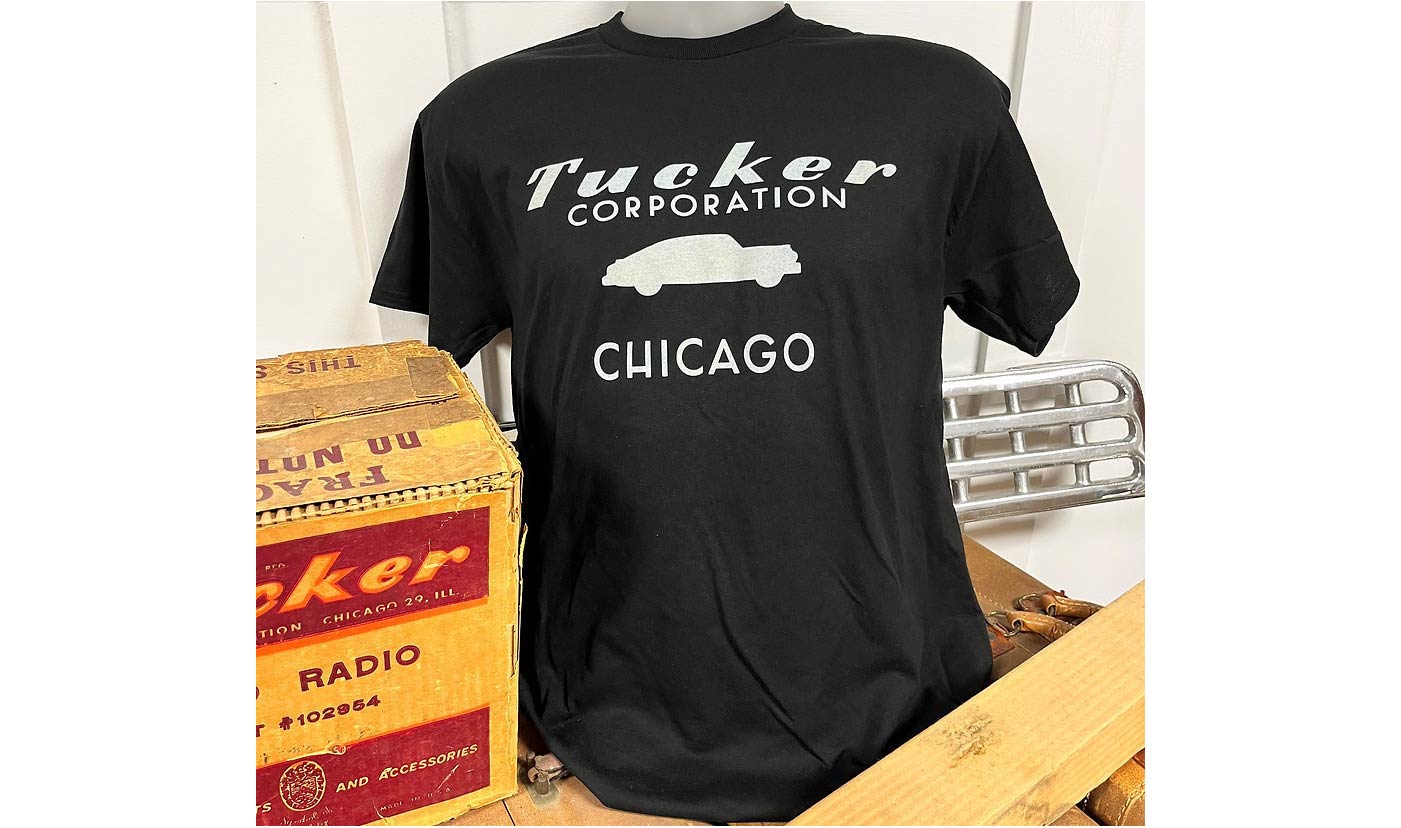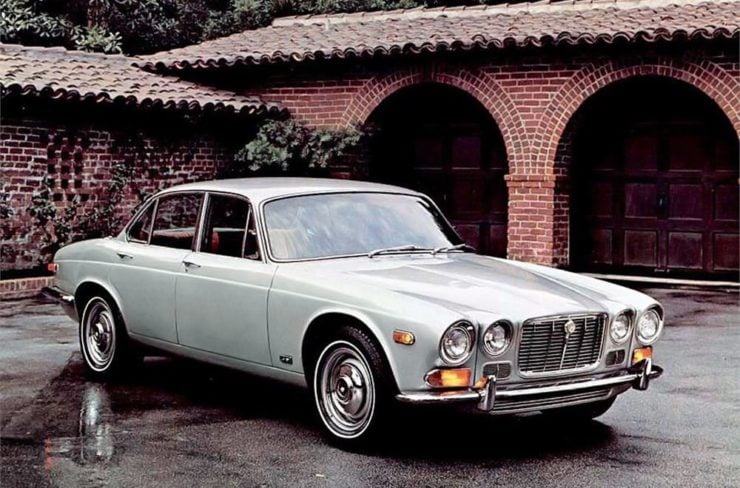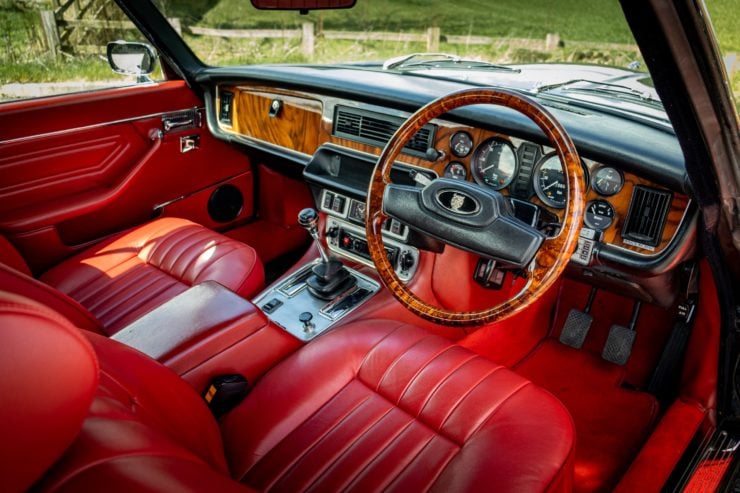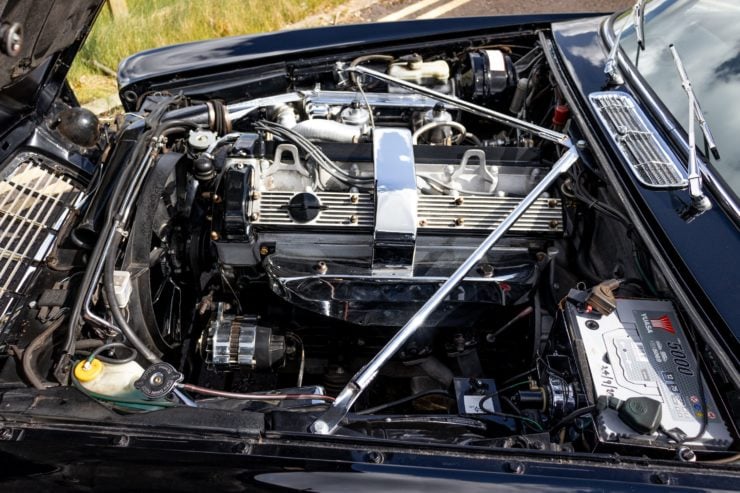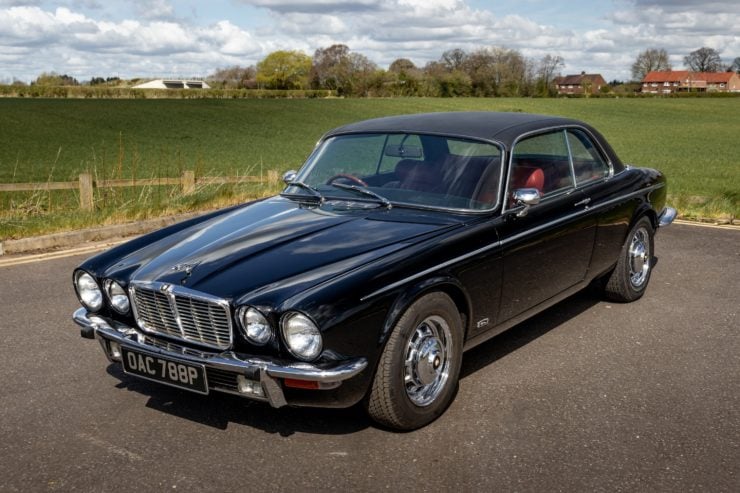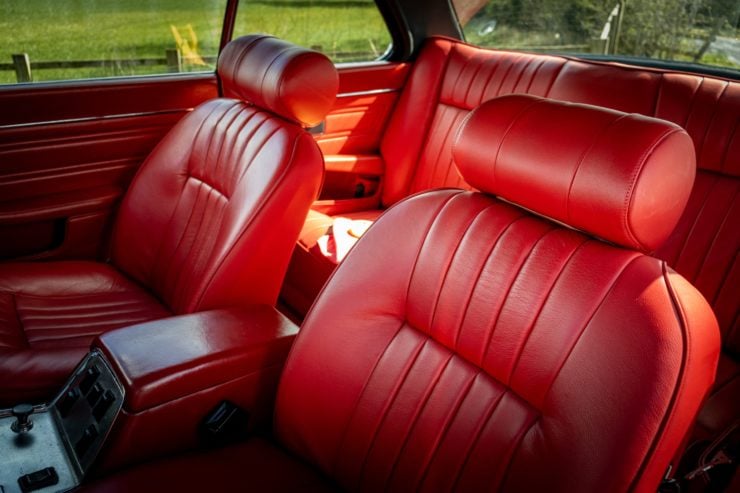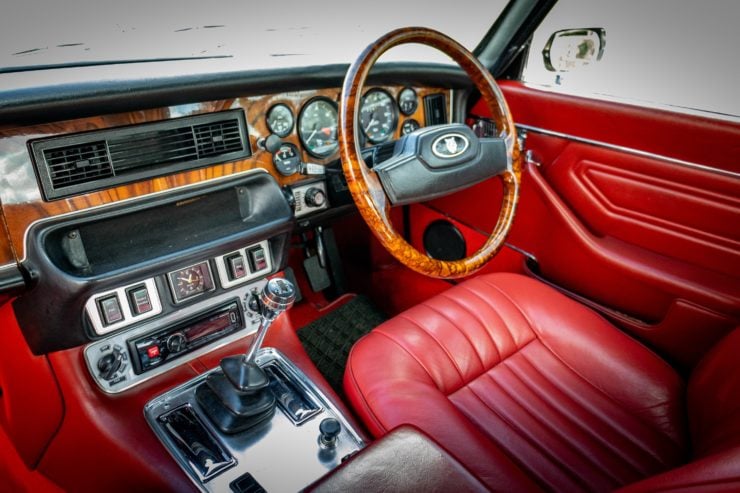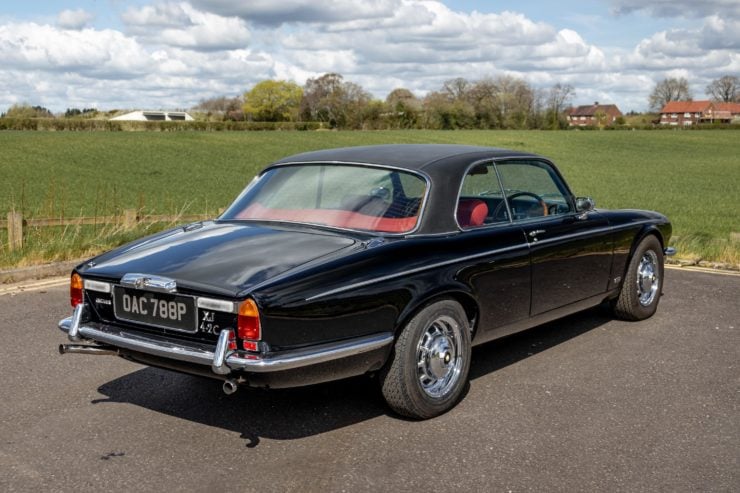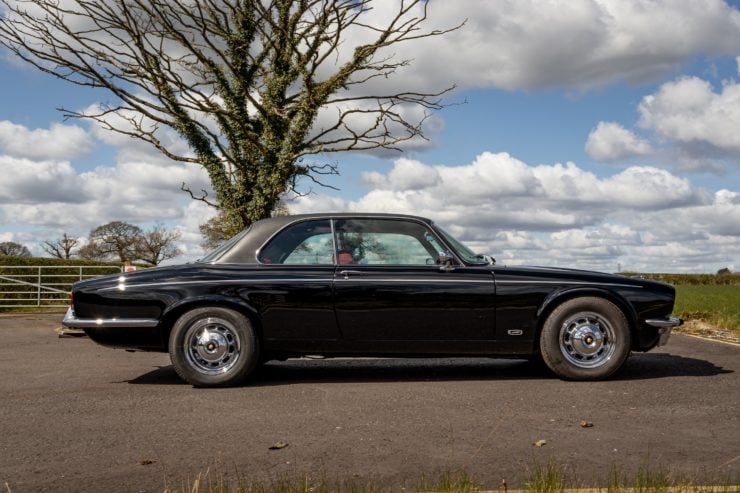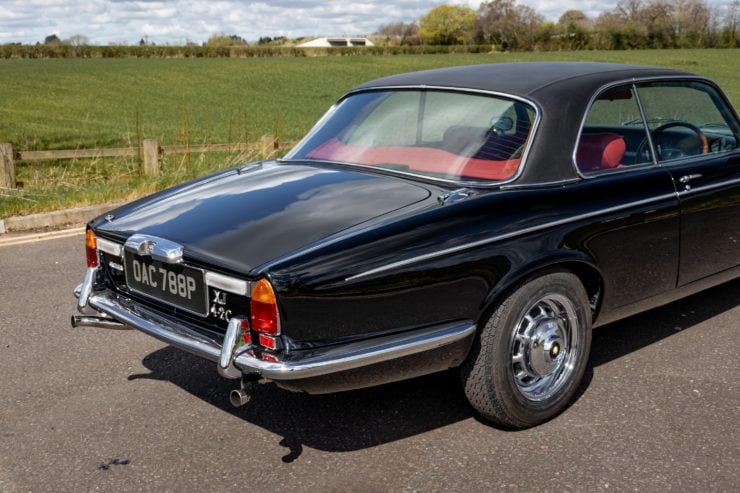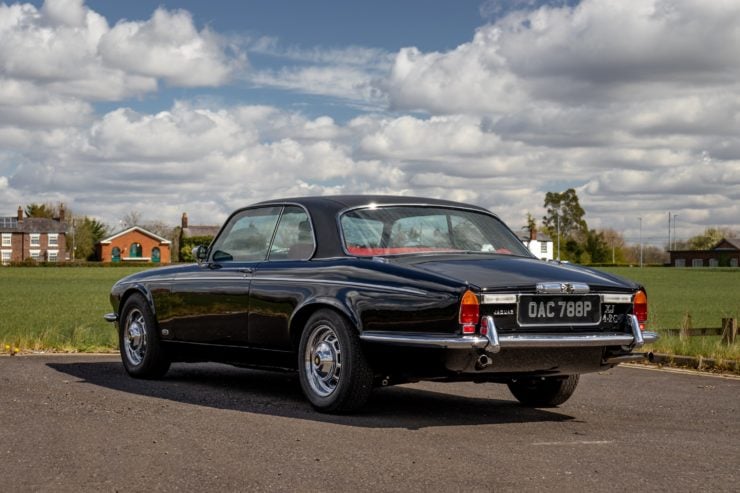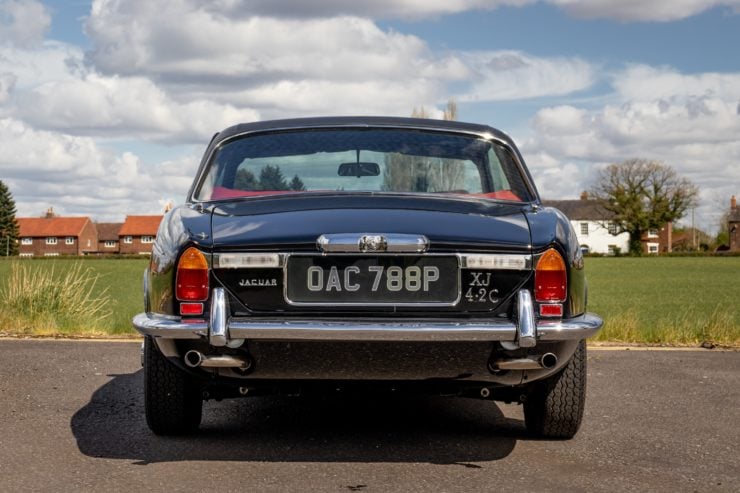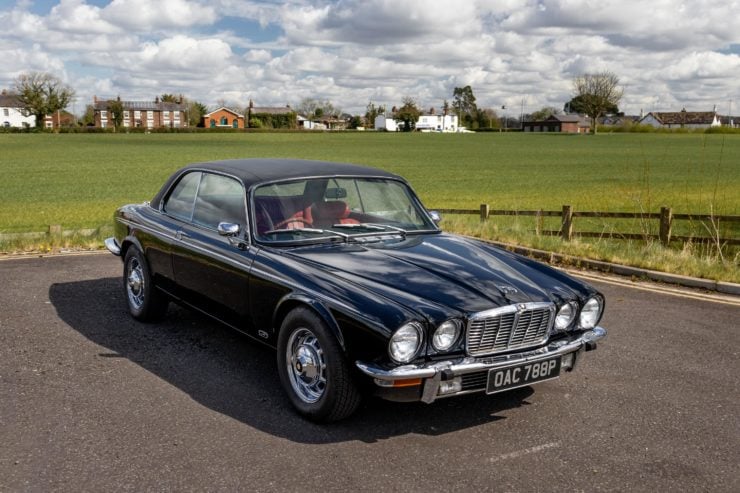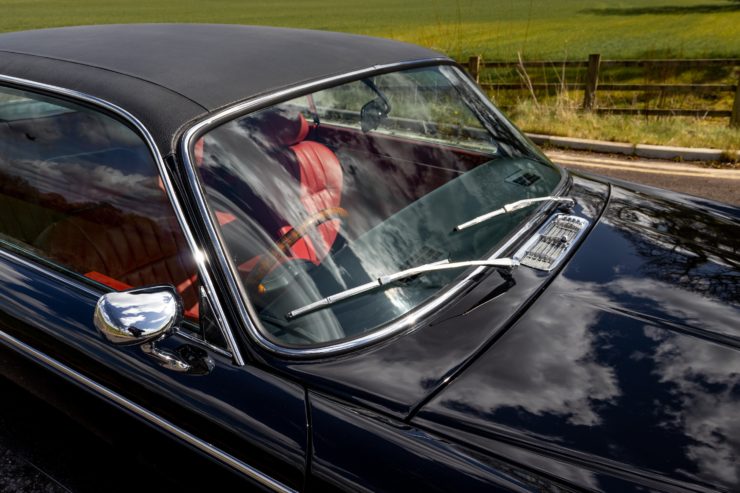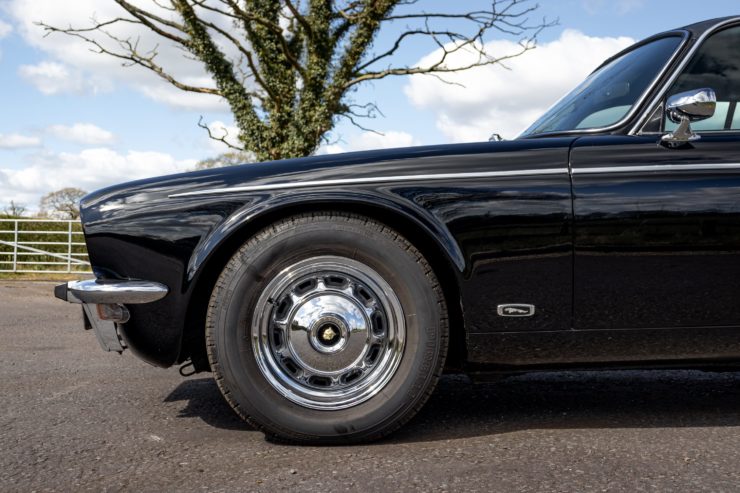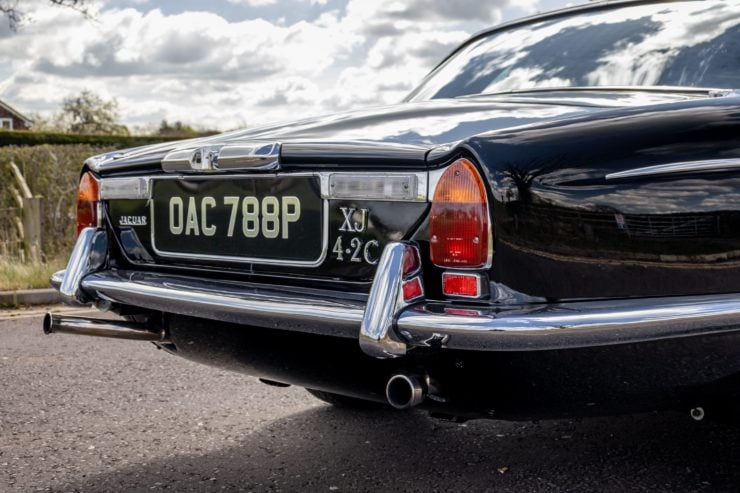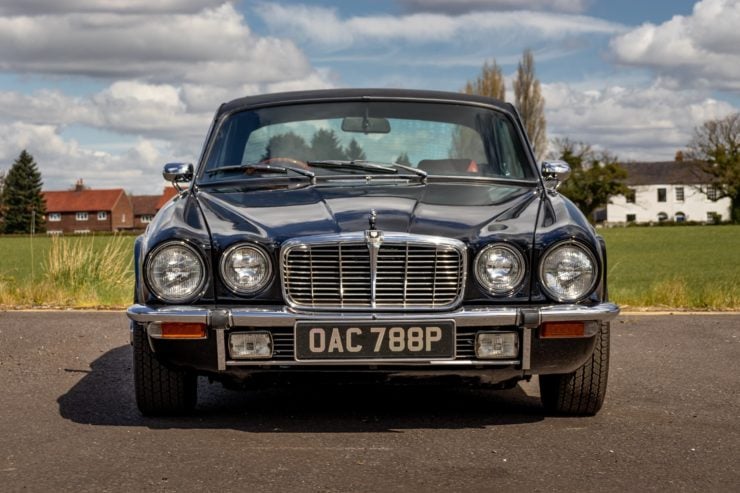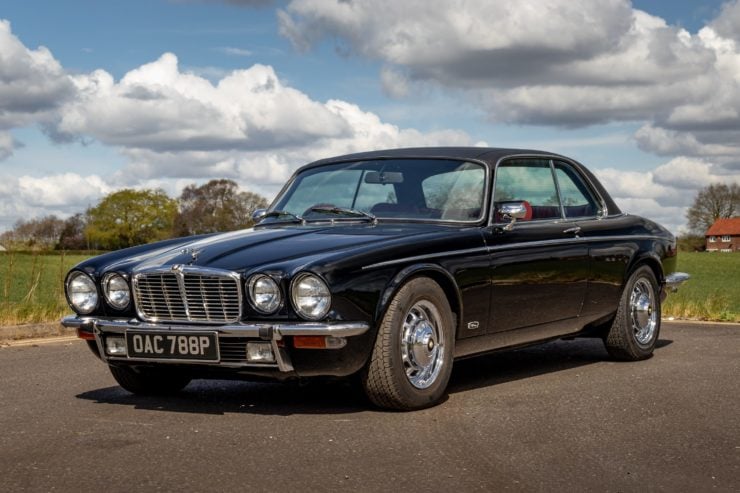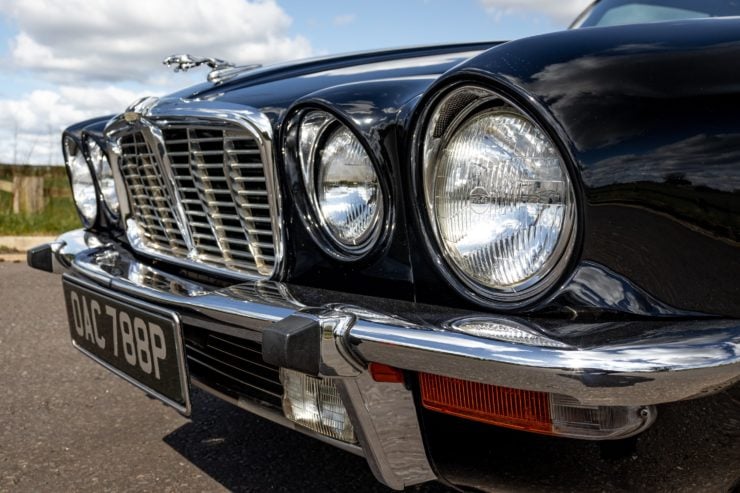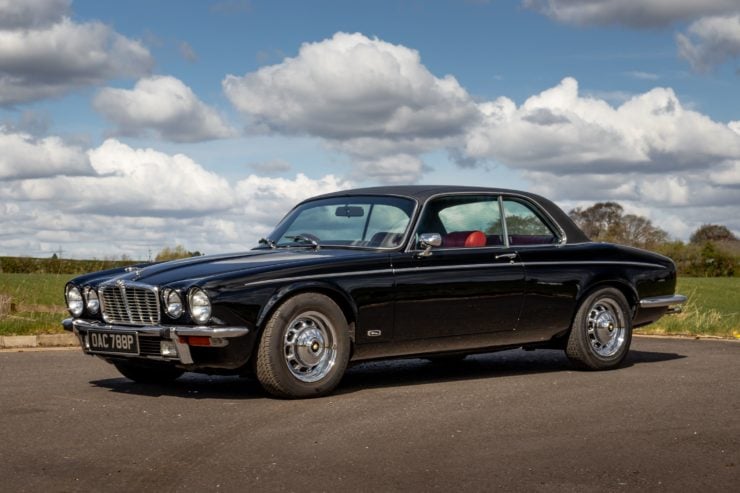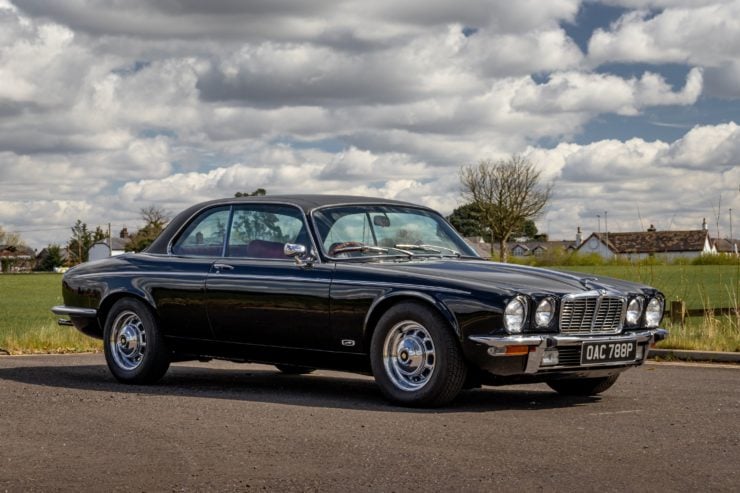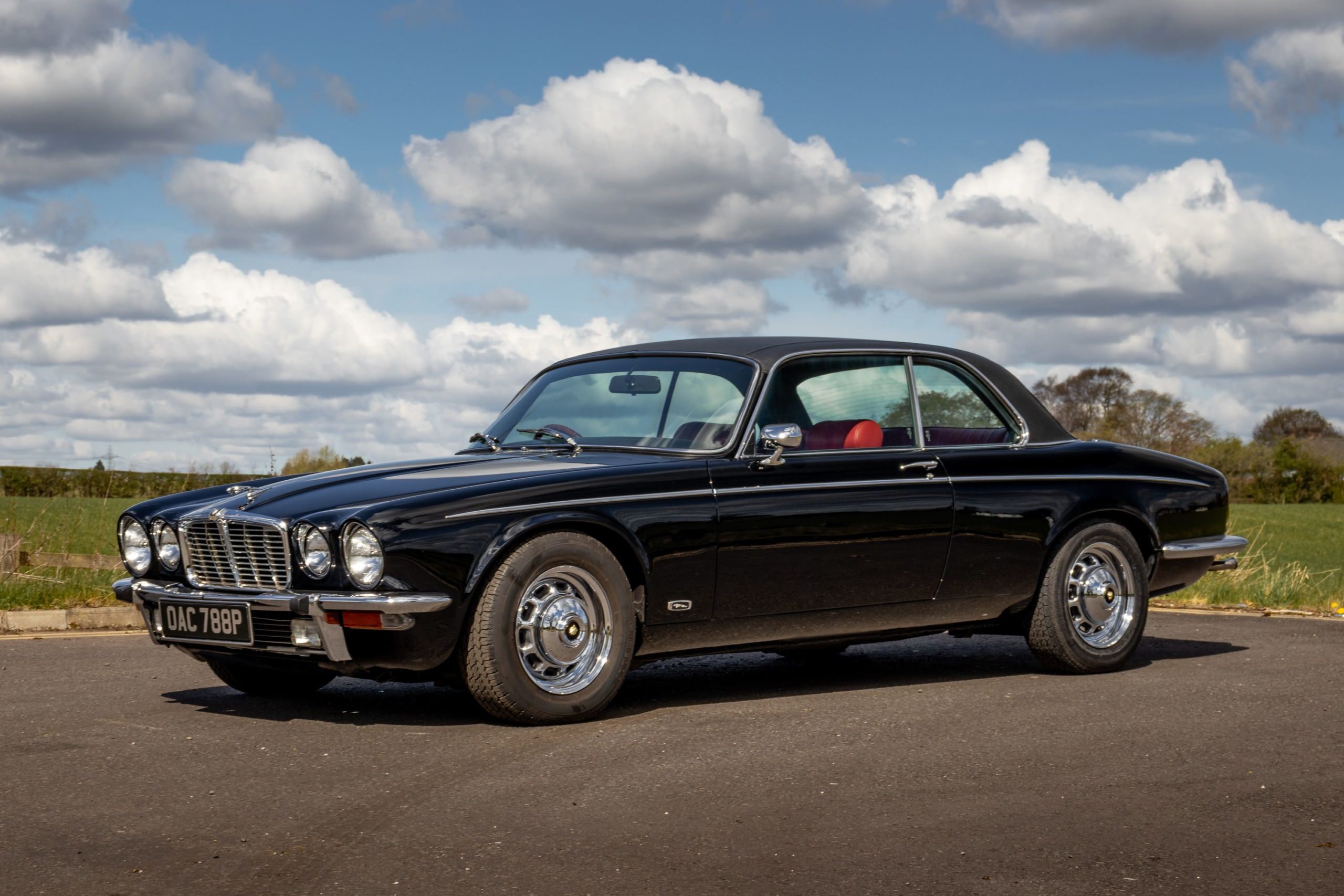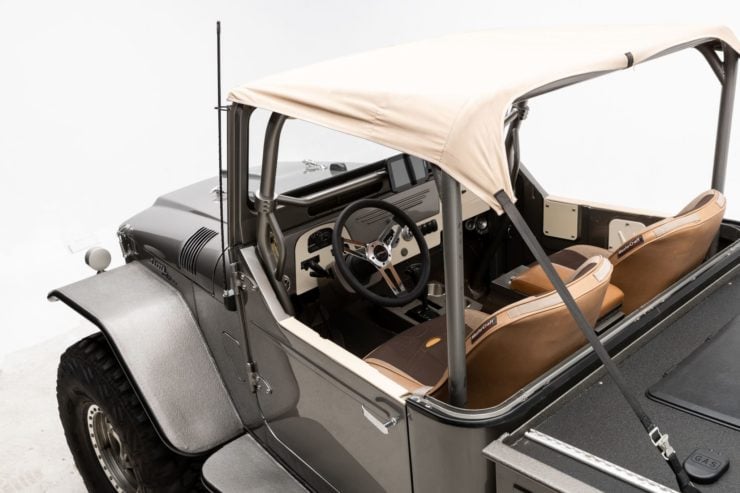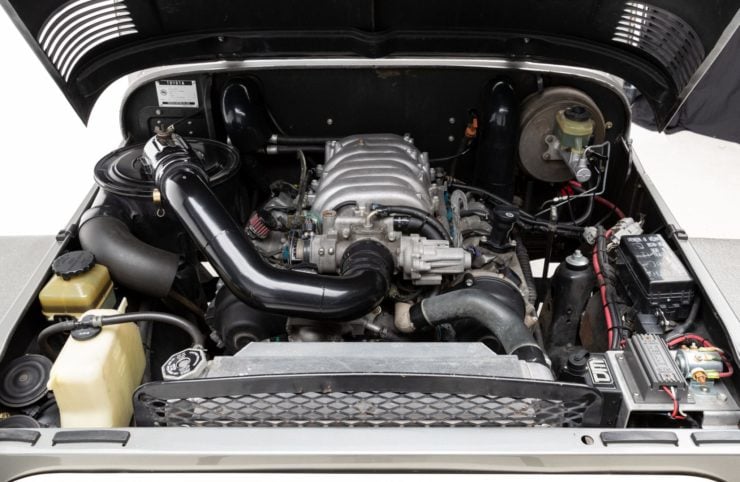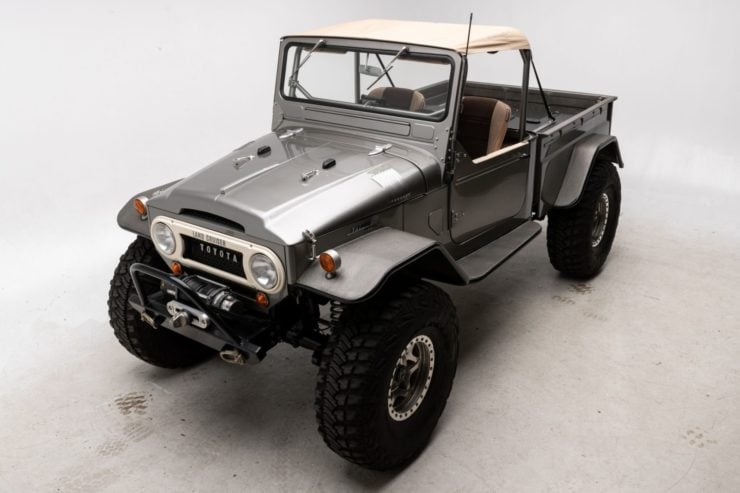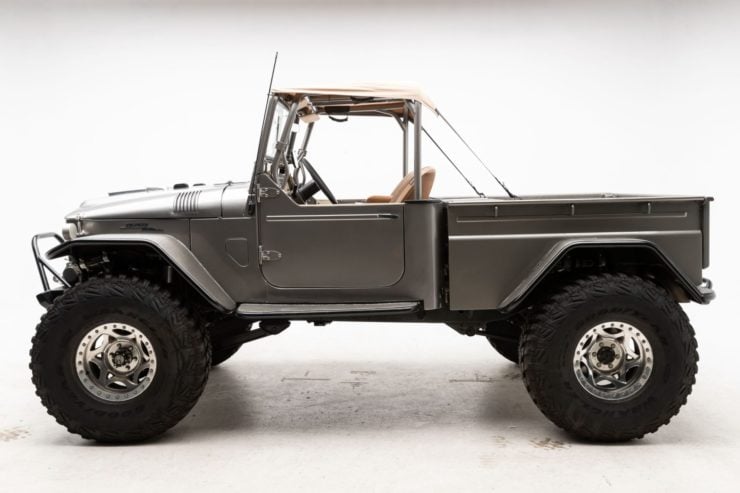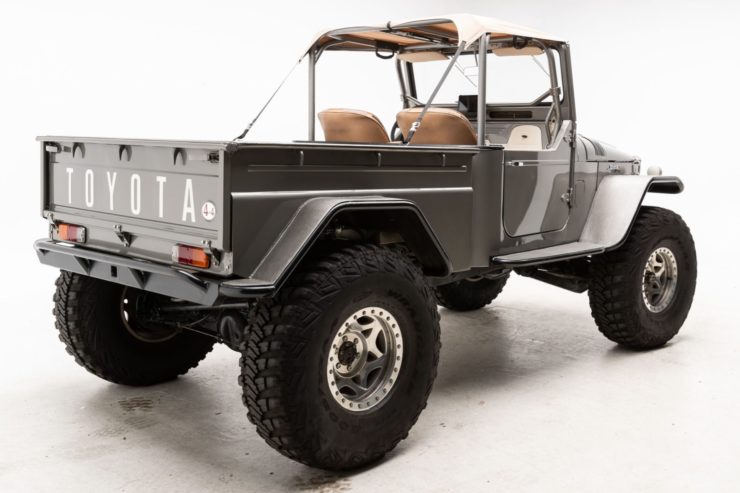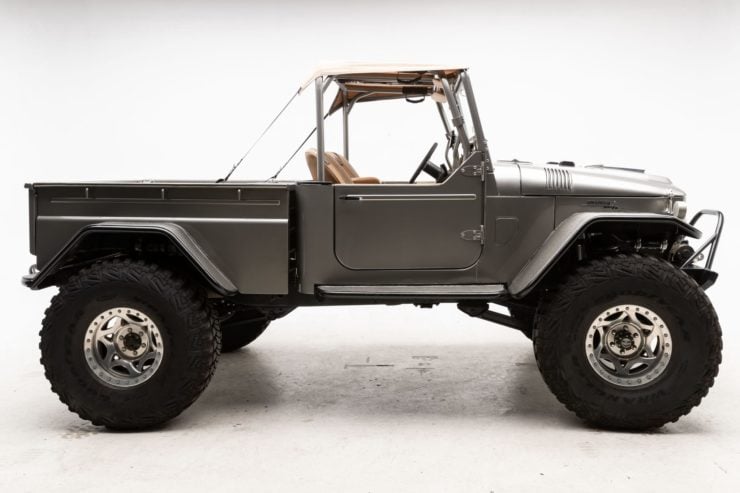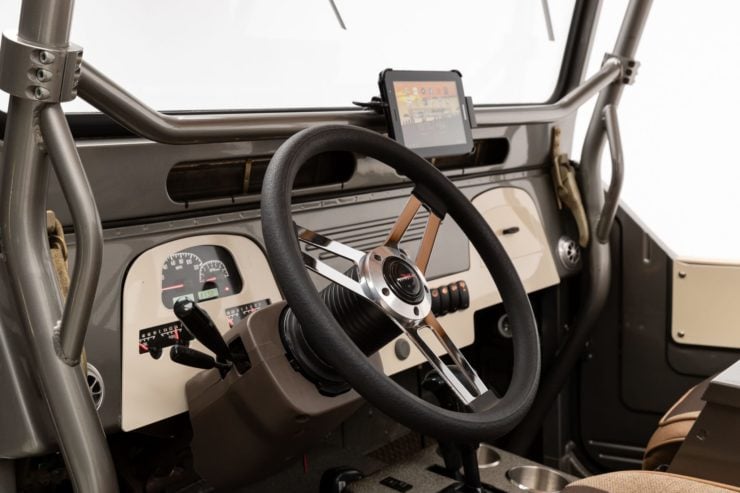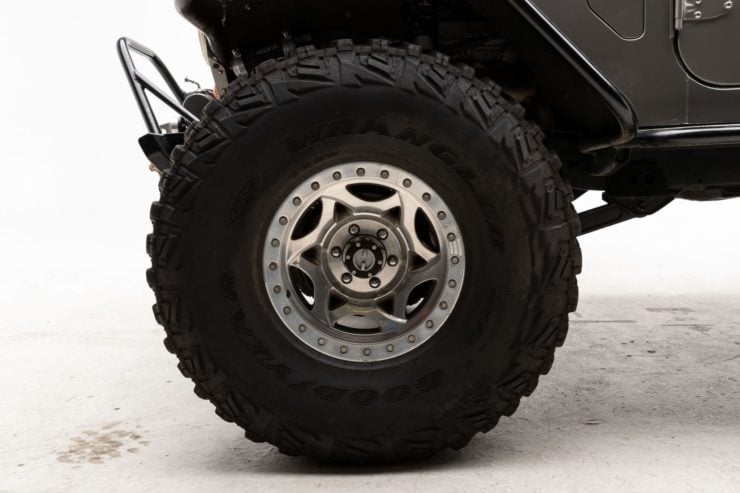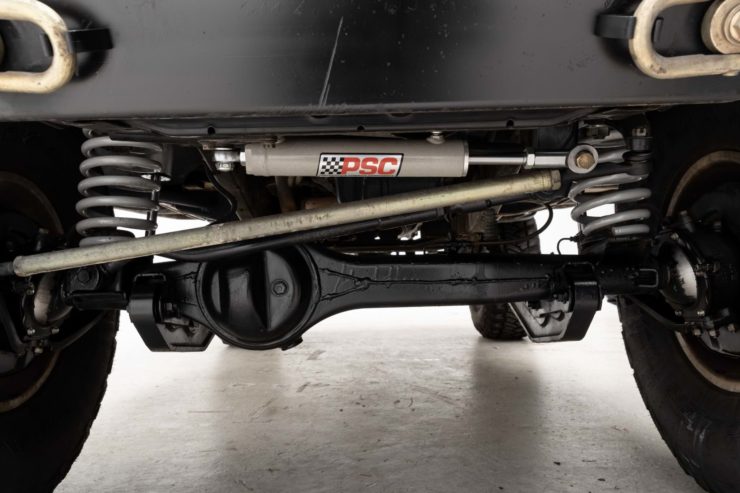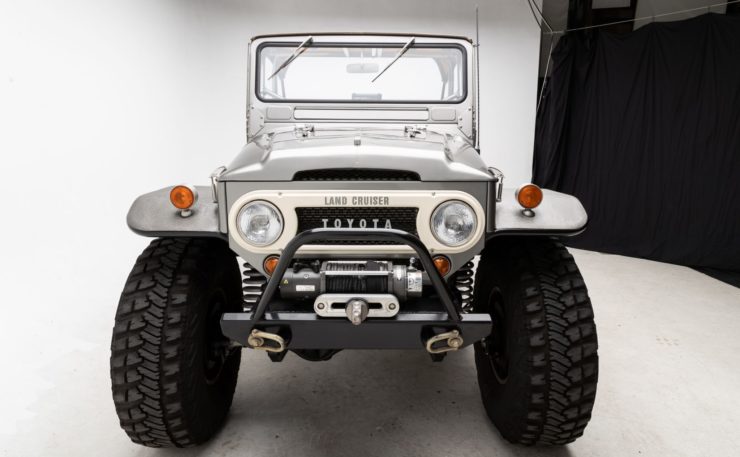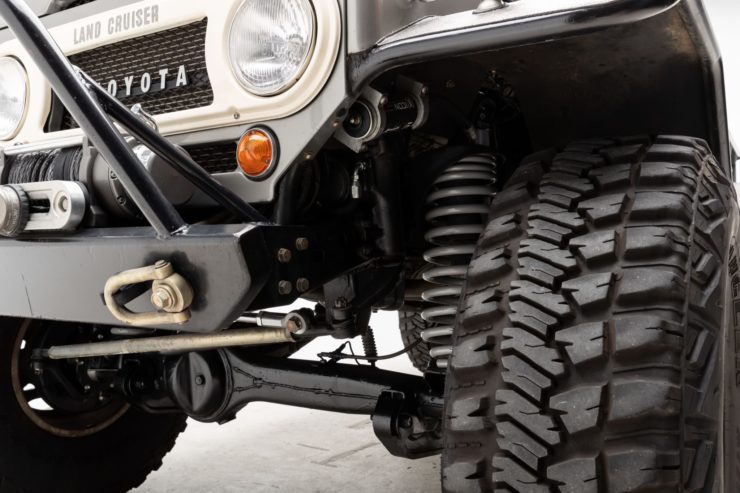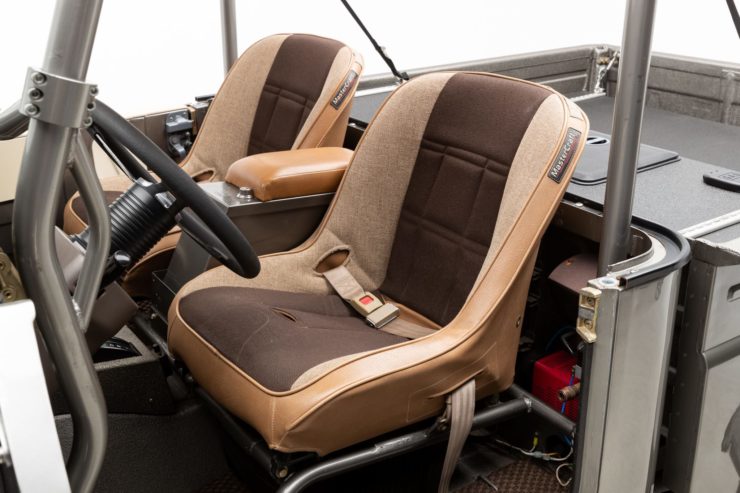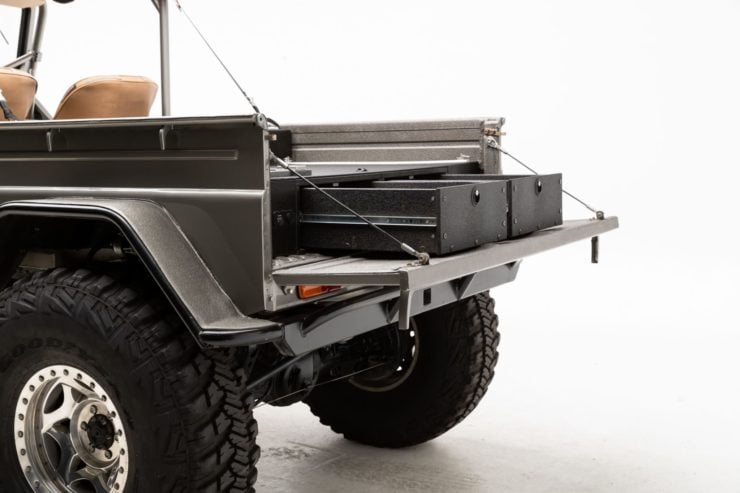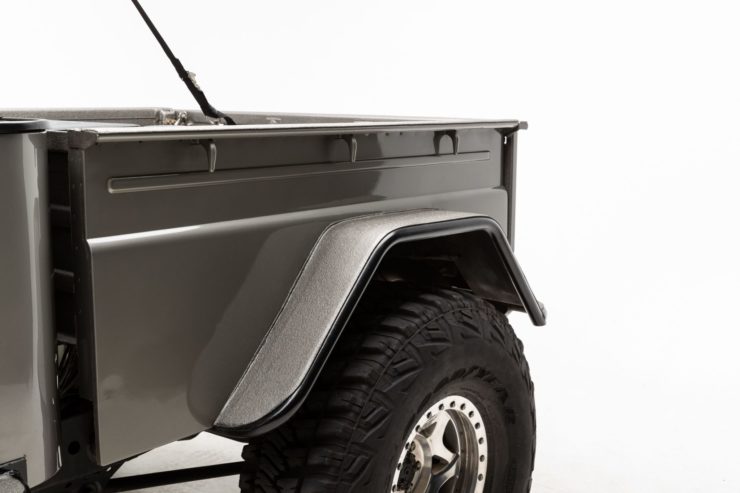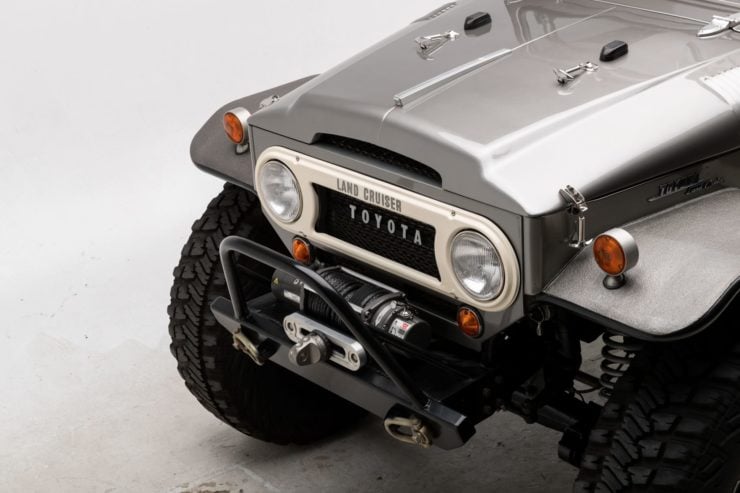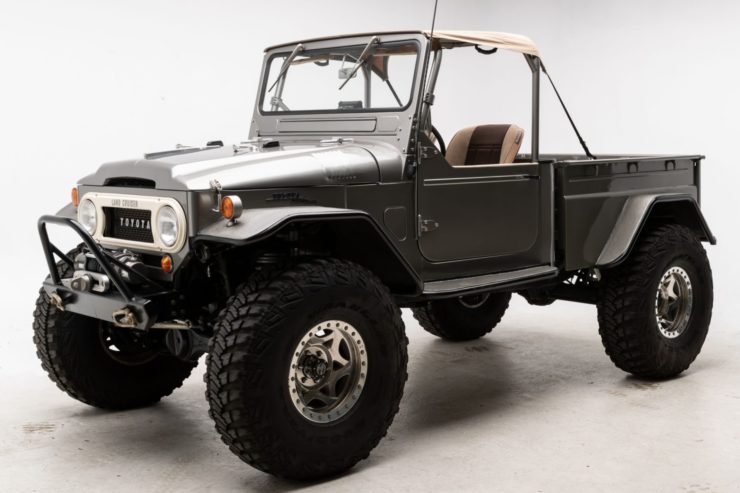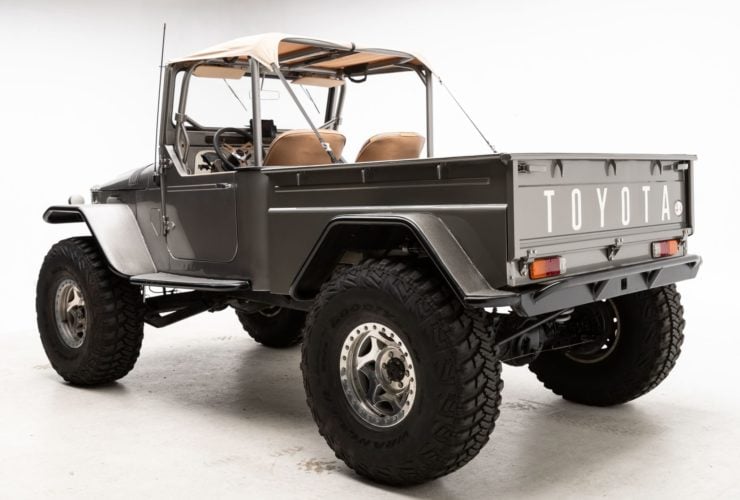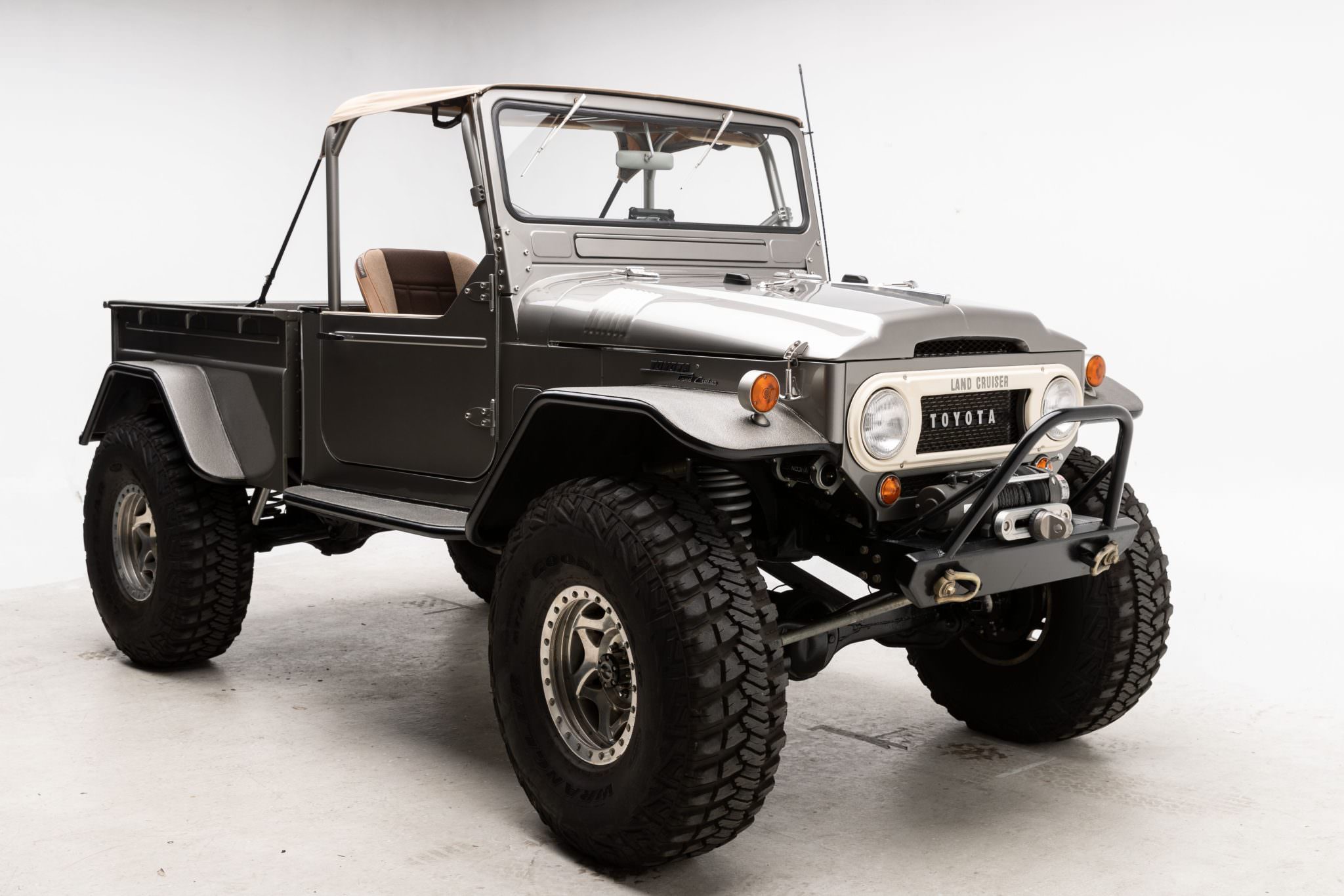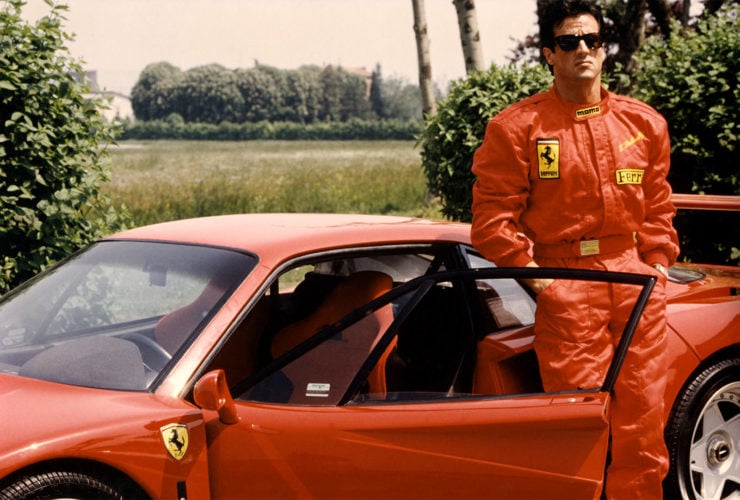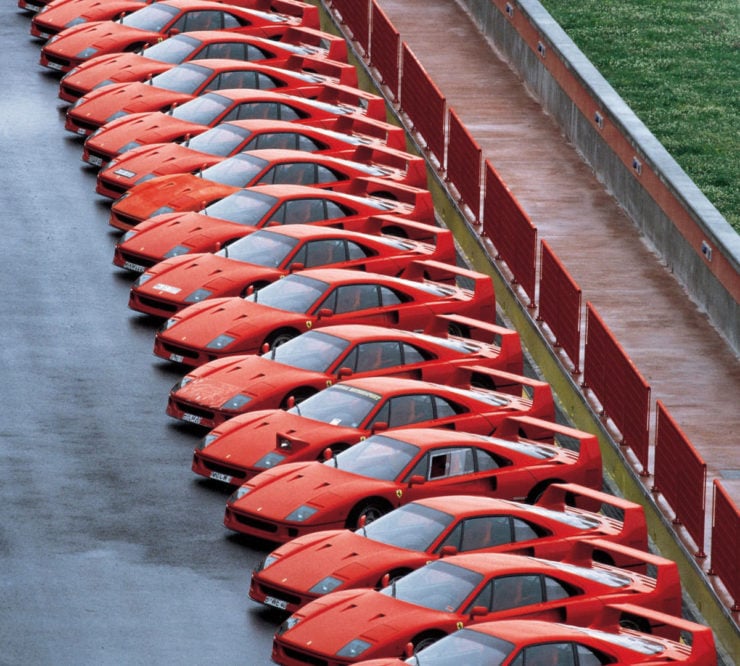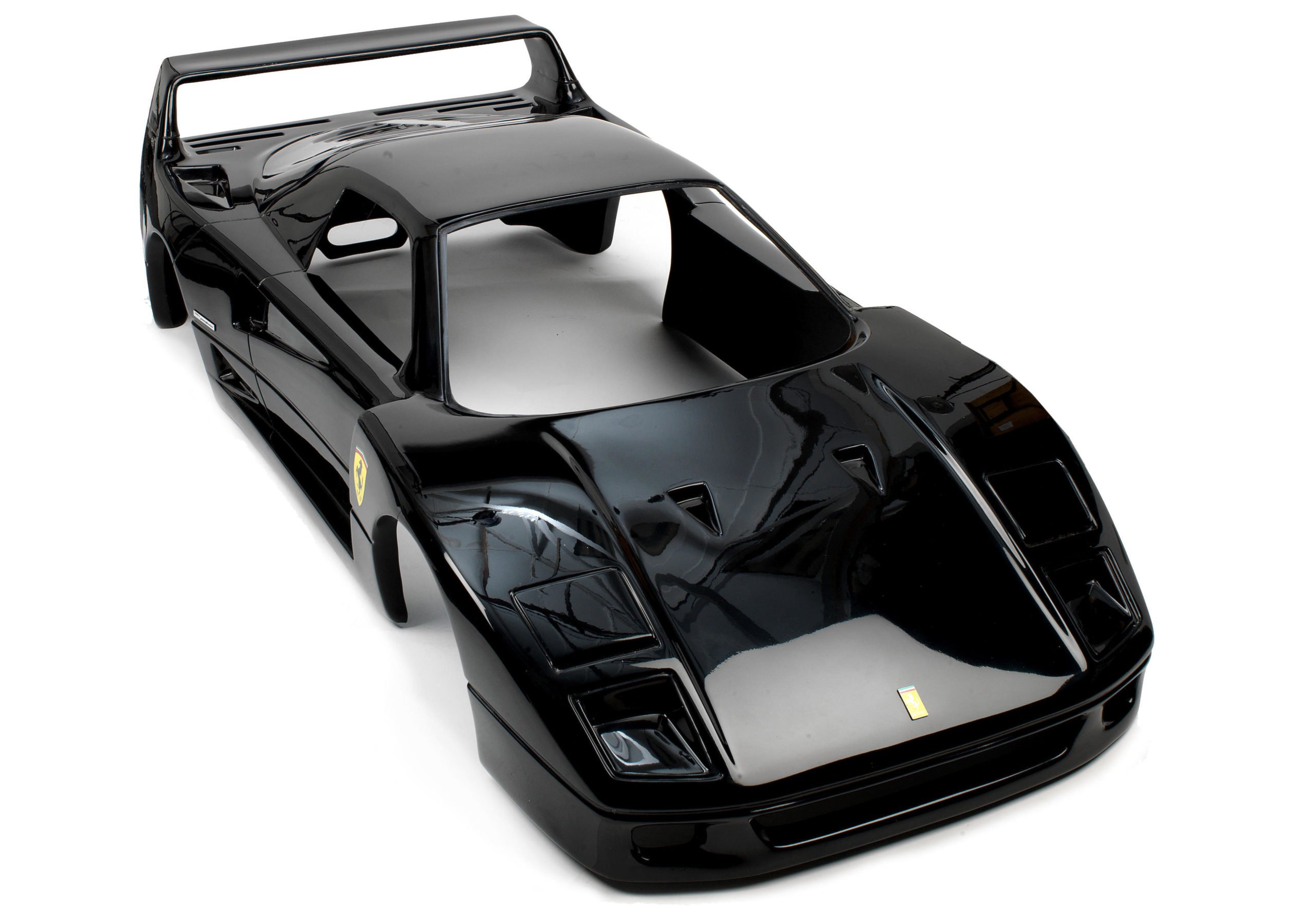This is a 1966 Iso Rivolta IR 300, it’s a rare car with Italian and American ancestry that was designed by Giorgetto Giugiaro at Bertone and engineered by former Ferrari engineer Giotto Bizzarrini – the father of the Ferrari 250 GTO.
Unlike its more exotic Italian peers, the IR 300 is powered by a reliable and easy to fix Corvette V8 producing 300 bhp and giving the car performance on par with (or better than) many of its peers.
Fast Facts – The Iso Rivolta IR 300
- The Iso Rivolta IR 300 would be the first gran turismo automobile built by Iso Rivolta, it was released in 1962 and sold until 1970. The model name simply stands for “Iso Rivolta 300 hp” – as this was how much power the Chevrolet-sourced V8 produced.
- The IR 300 was styled by Giorgetto Giugiaro who was working at Bertone at the time, he would go on to be widely regarded as the greatest automobile designer of the 20th century.
- The engineering of the car was done by Giotto Bizzarrini, a former Ferrari engineer who had developed many of the greatest Ferrari road and race cars of the era – including the 250 GTO.
- The IR 300 shown here has been modified for competition use, it’s been prepared as a track day/race car to FIA Appendix K and it’s eligible for many prestigious events.
From Bubble Cars To Supercars
Iso Rivolta started out back in 1938 as Isothermos of Bolzaneto in Italy, a company that made refrigerators and heaters. It was bought by Renzo Rivolta in 1939 and later suffered serious damage in bombing raids during WWII.
Above Video: This film takes a look at the history of the Iso Rivolta IR 300, it also offers some wonderful footage (and audio) of the car being driven. Please turn on closed captions (CC) for language options other than German.
Immediately after the war Renzo Rivolta set about pivoting the company and producing small, inexpensive motorcycles and scooters – they were in much demand after the war as the country worked to get back on its feet.
A few years later in the early 1950s Renzo Rivolta developed the Iso Isetta, a bubble car (or microcar) that was designed to be halfway between a motorcycle and a small car in terms of cost.
Though it was never much of a sales success in Italy, Rivolta licensed the design to a number of manufacturers in different countries, the most lucrative being Germany, where BMW produced over 160,000 examples of the design for local consumers.
By the 1960s Renzo Rivolta wanted to rub shoulders with the likes of Ferrari and Jaguar, he established Iso Rivolta and in 1962 released the first Iso luxury GT car – The IR 300.
This would be followed by the Iso Grifo and the Bizzarinni-developed Iso Grifo A3C, a Le Mans capable racer and a true successor to the 250 GTO.
The Iso Rivolta IR 300
As the first of the production GT cars from Iso, the IR 300 has always been special. The fact that it was designed by one of the greatest automobile designers in history, Giorgetto Giugiaro, and engineered by the father of the 250 GTO only add to its allure.
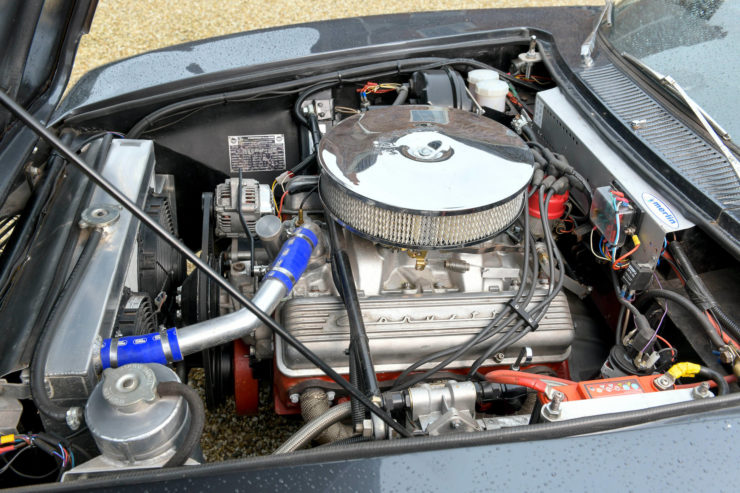
The secret to the speed of the Iso Rivolta IR 300 was the 300 bhp Chevrolet Corvette V8, giving the car more than enough power to compete with the best of the day.
Bizzarinni developed a pressed steel and welded panel chassis for the IR 300, it had independent unequal-length double A-arm front suspension with de Dion rear suspension, and unusually for the time it had four wheel disc brakes.
Power would be provided by a 5.4 liter V8 from the Chevrolet Corvette producing 300 bhp. The use of the Corvette V8 made engine sourcing easy for Iso, spare parts were similarly simple to order, and there were no problems with engine reliability or complex maintenance.
Initially the engine was fitted with a 4-speed manual transmission, a 5-speed manual and an optional 3-speed automatic would follow.
The IR 300 was first publicly displayed at the 1962 Torino Motor Show, it was positively received though some were perhaps a little perplexed that the father of the Iso Isetta bubble car had also conceived of this new luxury GT car.
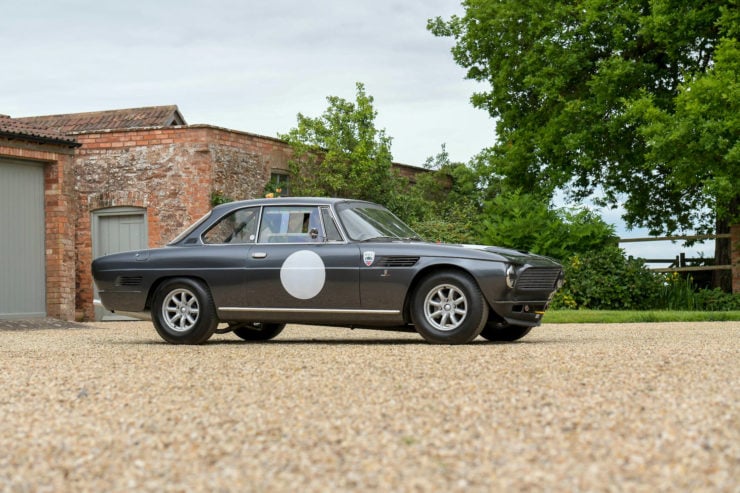
The car was designed by a young Giorgetto Giugiaro at Bertone, he would go on to become (arguably) the greatest car designer of the 20th century.
A total of 797 examples of the Iso Rivolta IR 300 would be built up until 1970, 167 of these would be the IR 340 with the uprated 340 bhp engine option.
The 1966 Iso Rivolta IR 300 Race Car Shown Here
The car you see here is a 1966 Iso Rivolta IR 300 that has been significantly modified for vintage motorsport competition. It came from the factory as one of just 13 that were ever built in right-hand drive, and it was first registered in the UK in 1967.
The current owner has had the car for 12 years, they have carefully prepared it as a track day/race car to FIA Appendix K specification. It has a newly rebuilt Corvette V8 engine built by Martin Saville, a Muncie-style 4-speed gearbox, and a limited-slip differential.
The car has competed in the HSCC Historic Touring Car series and with its HTP papers it will be eligible for many of the most prestigious vintage racing events in the world.
If you’d like to read more about this unusual Italian/American racer you can visit the listing on Bonhams here. It’s due to roll across the auction block on the 24th of June and the price guide is £50,000 – £60,000, which works out to approximately $61,400 – $73,700 USD.
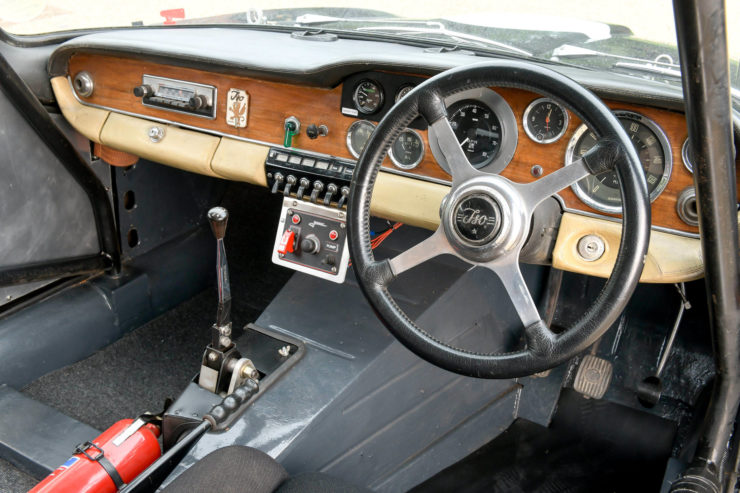

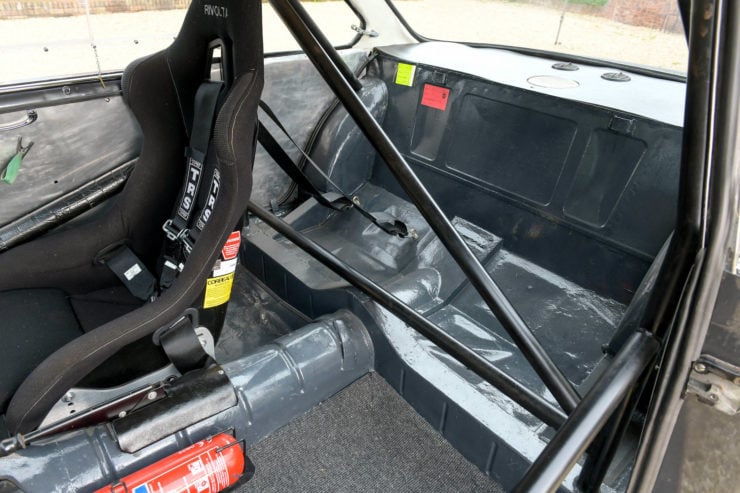
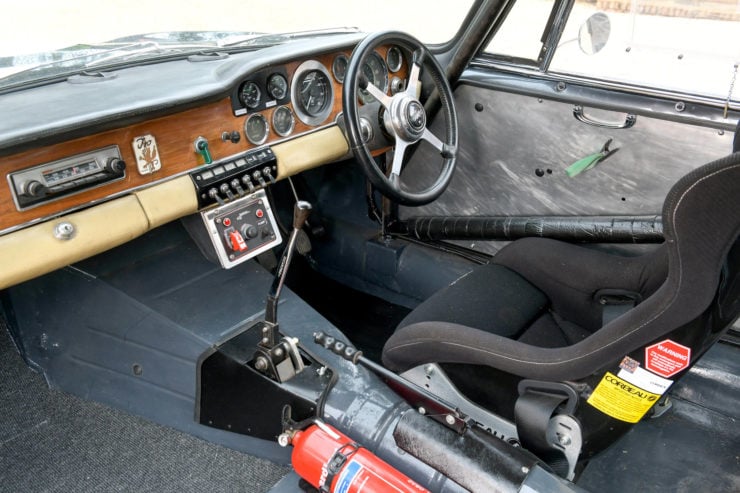
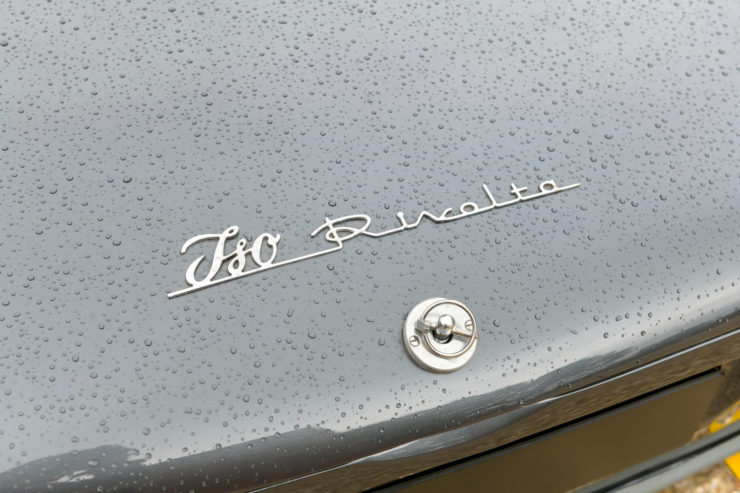
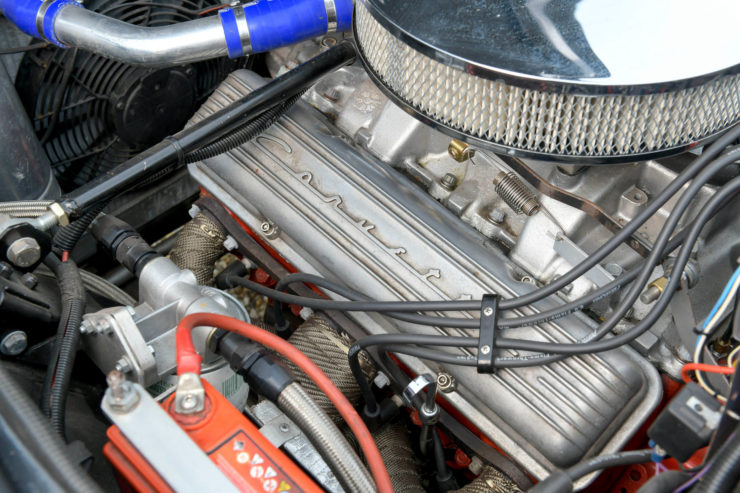
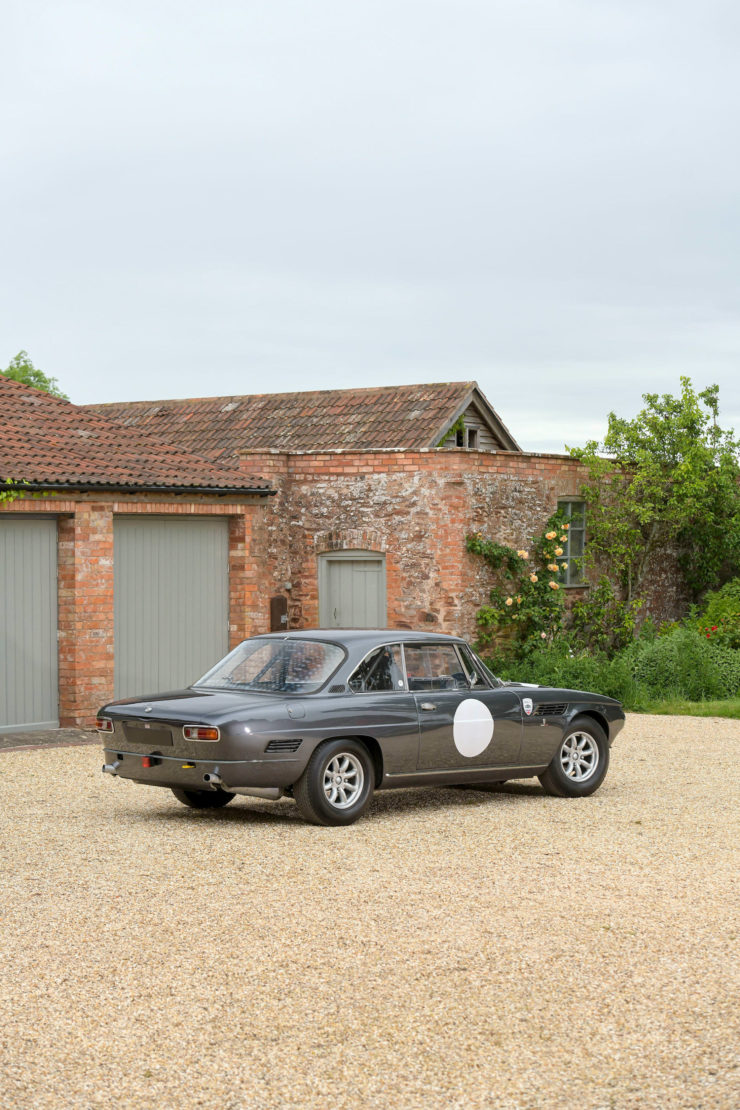
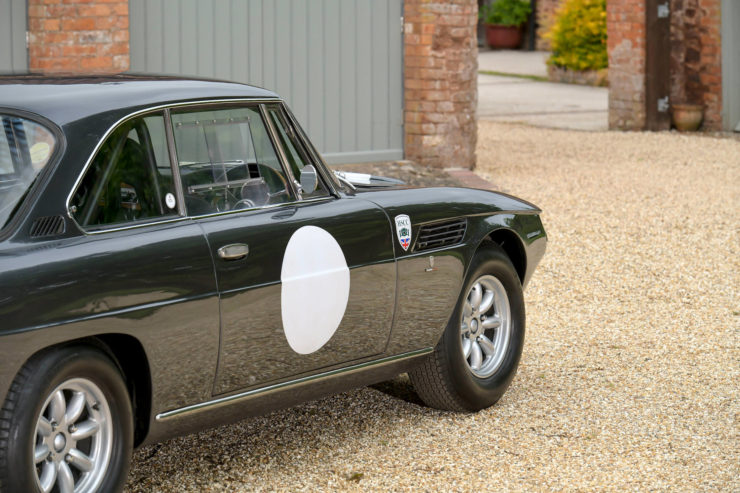
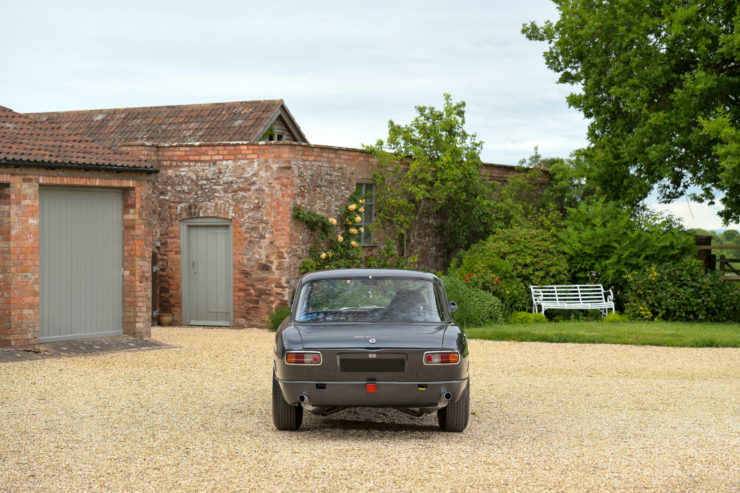
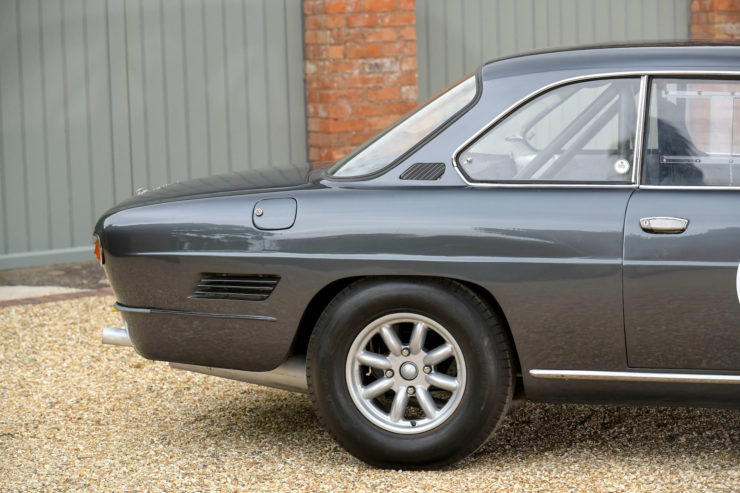
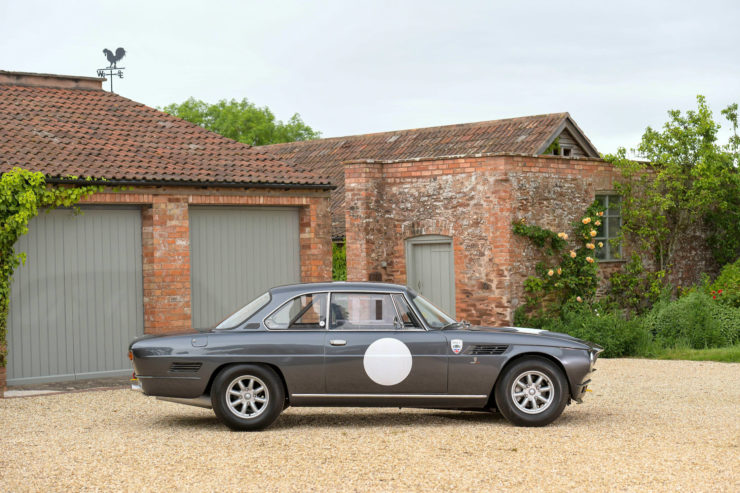
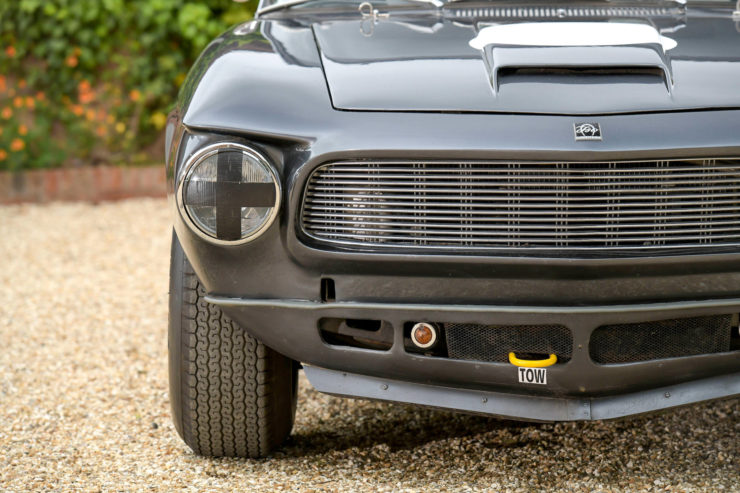
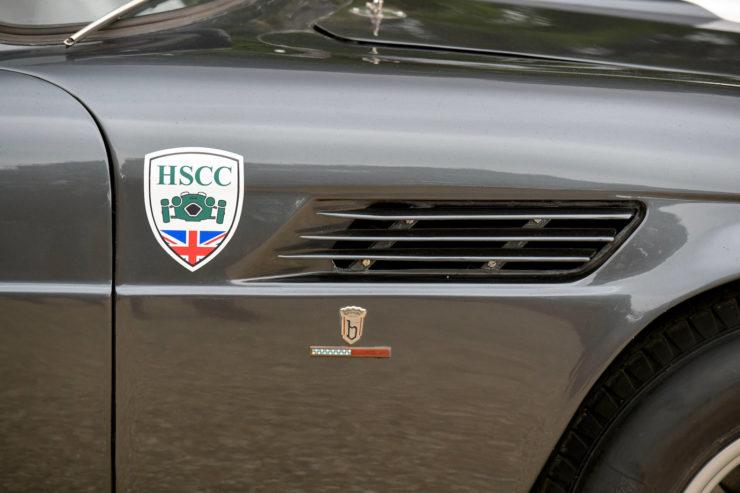
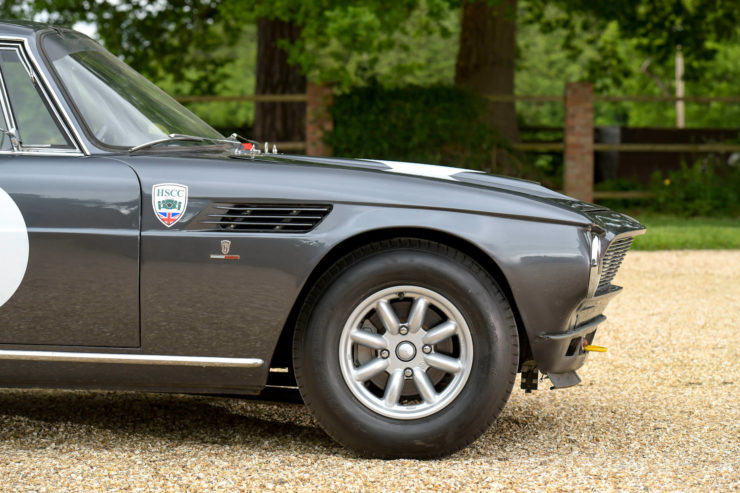

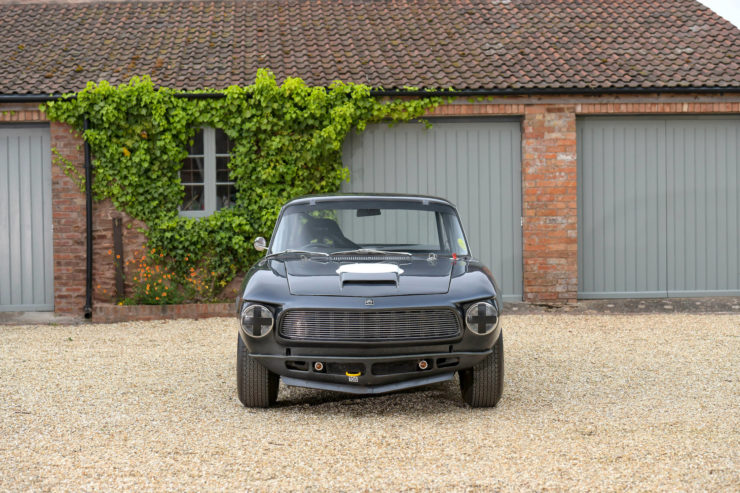
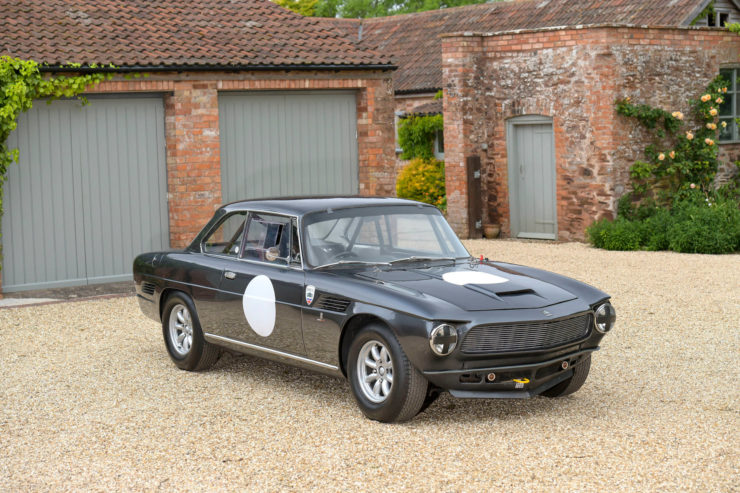
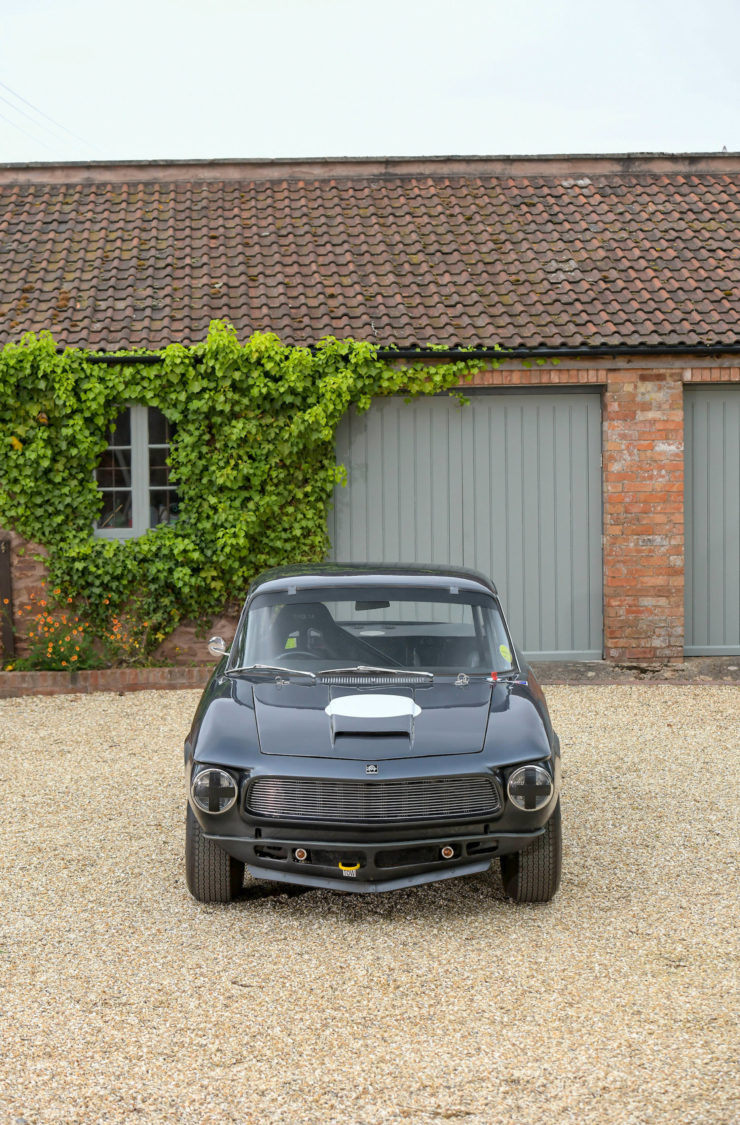
Images courtesy of Bonhams
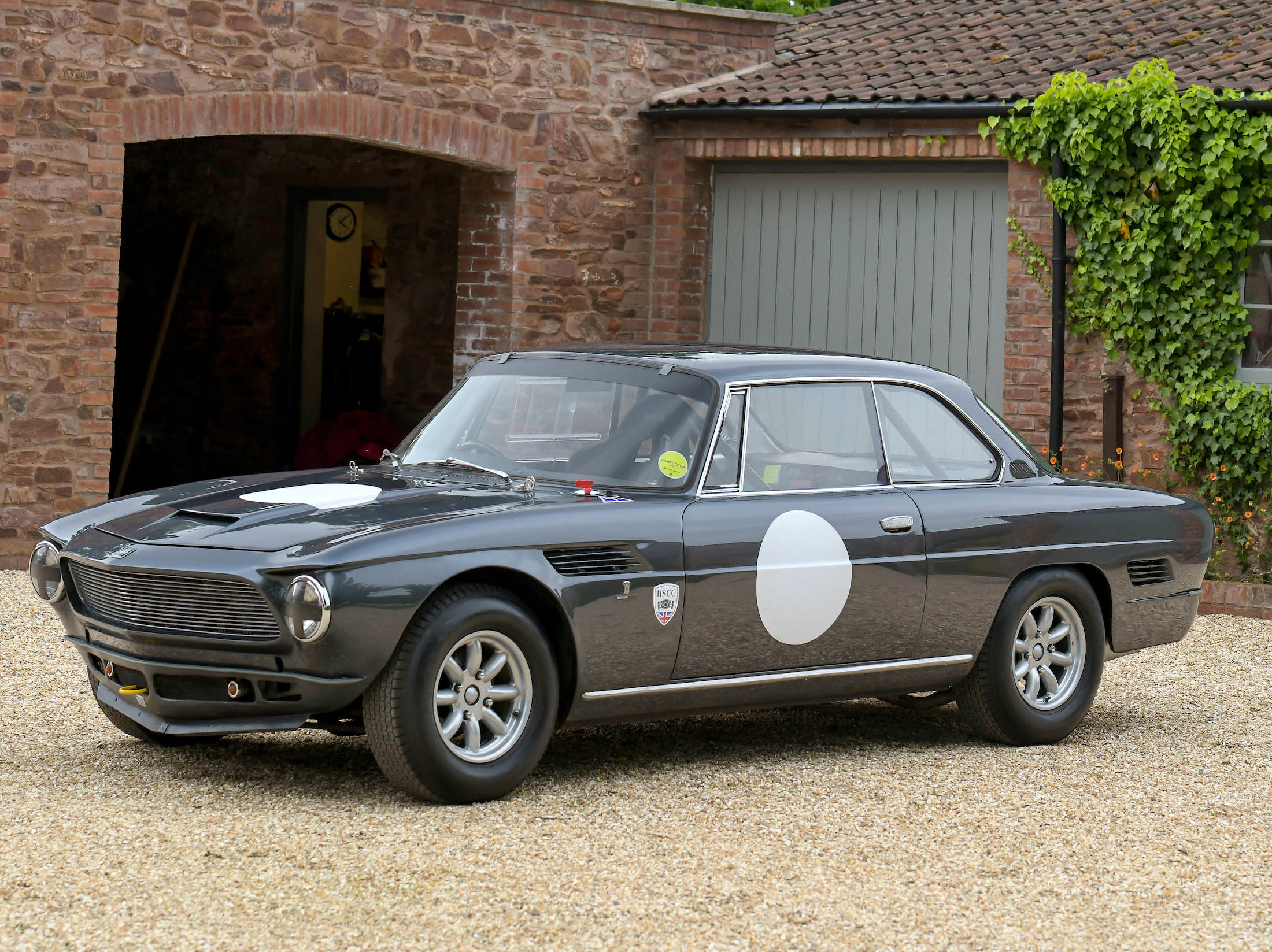
The post A Rare Italian/American FIA Race Car – The Iso Rivolta IR 300 appeared first on Silodrome.
from Silodrome https://silodrome.com/iso-rivolta-ir300/
via gqrds
